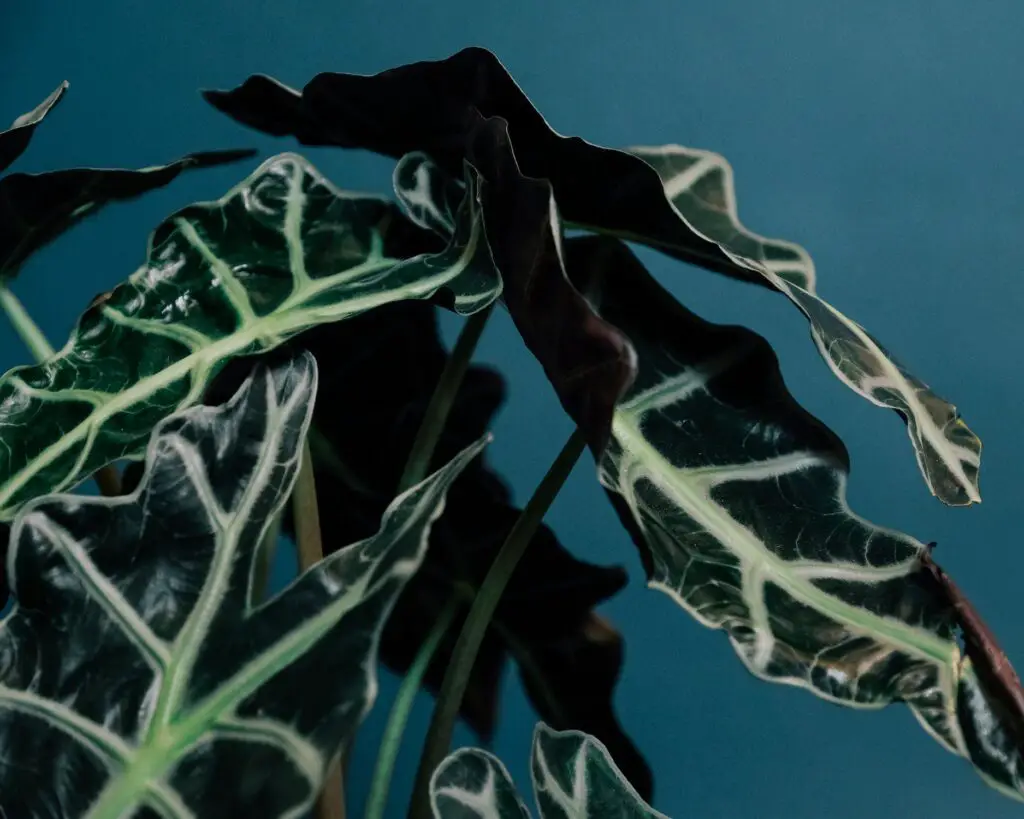
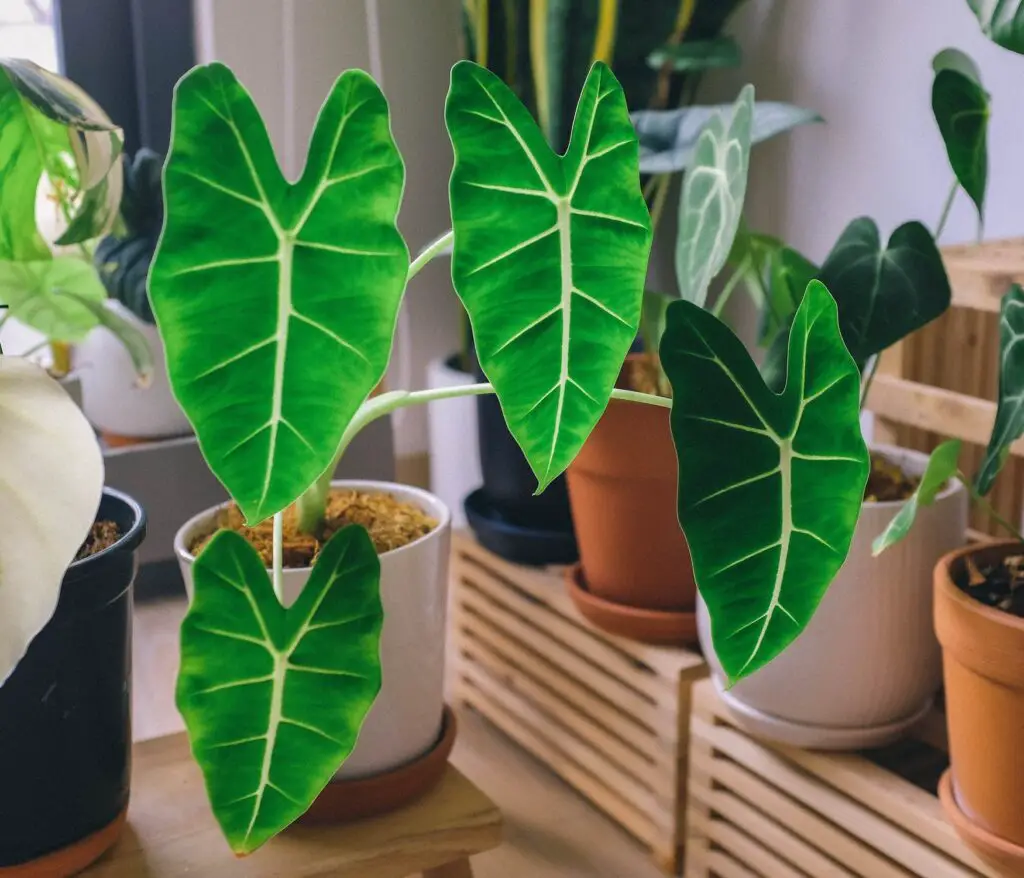
Amazonica Alocasia, also known as Alocasia Polly or Elephant Ear, is a tropical plant that has become increasingly popular in recent years. Its striking appearance, with dark green leaves adorned with contrasting white veins, has made it a favorite among indoor plant enthusiasts. In this article, we’ll take a closer look at Amazonica Alocasia, its characteristics, care requirements, and some tips on how to keep it healthy.
Table of Contents
Characteristics of Amazonica Alocasia
Amazonica Alocasia is a member of the Araceae family, which includes some of the world’s most popular houseplants, such as Monstera and Philodendron. It is native to Southeast Asia, where it grows in tropical rainforests. The plant has large, heart-shaped leaves that can grow up to 2 feet long and 1 foot wide. The leaves are dark green and glossy, with striking white veins that run throughout. The stems are also green and grow up to 3 feet tall.
One of the unique features of Amazonica Alocasia is its ability to change its leaf shape as it matures. Younger leaves are typically more arrow-shaped, while older leaves develop the characteristic heart shape. This is known as heterophylly, a phenomenon where a plant produces different types of leaves at different stages of its growth.
Types of Amazonica Alocasia
There are a few different types of Amazonica Alocasia, each with its unique characteristics. One of the most popular is the Alocasia Polly, which has smaller leaves than some of the other varieties and is more compact in size. Another type is the Alocasia ‘Calidora,’ which has large, paddle-shaped leaves that can grow up to 3 feet long. The Alocasia ‘Frydek’ is another popular variety, with dark green leaves that are almost black and contrasting white veins. Overall, Amazonica Alocasia is a beautiful and diverse group of plants that can add a tropical touch to any indoor space.
Care Requirements for Amazonica Alocasia
Amazonica Alocasia is a relatively low-maintenance plant, but it does require some specific care to thrive. Here are some tips on how to care for this tropical beauty:
Light Requirements
Lighting is an essential factor in the growth and overall health of Amazonica Alocasia. These plants prefer bright, indirect light and can be sensitive to direct sunlight, which can scorch their leaves. Too little light can cause the leaves to become pale and yellow, and the plant may not grow as well. It’s best to place Amazonica Alocasia in a location that receives bright, indirect light, such as near a window with a sheer curtain or in a well-lit room. If the plant is not getting enough light, consider using a grow light to supplement natural light. It’s also important to rotate the plant every few weeks to ensure that all sides of the plant receive adequate light and prevent uneven growth. Overall, providing the right amount of light is essential for the healthy growth and vibrant foliage of Amazonica Alocasia.
Temperature and Humidity
This plant prefers warm temperatures between 60-80°F and high humidity levels. It’s best to keep it away from cold drafts, air conditioning, or heating vents. To increase humidity, you can mist the leaves regularly, place a tray of water near the plant, or use a humidifier.
Watering
Watering Amazonica Alocasia can be a bit tricky because it requires a balance between not overwatering and not under-watering the plant. It’s important to ensure that the soil is well-draining and that the pot has drainage holes at the bottom. Water the plant when the top inch of soil feels dry to the touch, but do not let the soil completely dry out. Overwatering can lead to root rot, so it’s essential not to let the plant sit in standing water. Water the plant thoroughly and allow the excess water to drain out from the bottom of the pot. It’s also important to avoid getting water on the leaves, as this can cause them to rot. Overall, it’s best to keep a consistent watering schedule and adjust as needed based on the plant’s specific needs and environment.
Soil and Fertiliser
Amazonica Alocasia prefers well-draining, nutrient-rich soil. It’s essential to choose a high-quality potting mix that contains a blend of organic materials like peat moss, perlite, and compost. These materials help retain moisture while providing good drainage and aeration to the roots. Additionally, it’s important to fertilise the plant regularly during the growing season to provide it with the necessary nutrients to thrive. A balanced, water-soluble fertiliser with a ratio of 20-20-20 is ideal for Amazonica Alocasia. Fertilise the plant once a month during the growing season, reducing the frequency during the winter months when the plant is dormant. It’s important not to over-fertilise the plant, as this can lead to salt buildup in the soil, which can harm the roots. Overall, providing the right soil and fertiliser is essential for the healthy growth and lush foliage of Amazonica Alocasia.
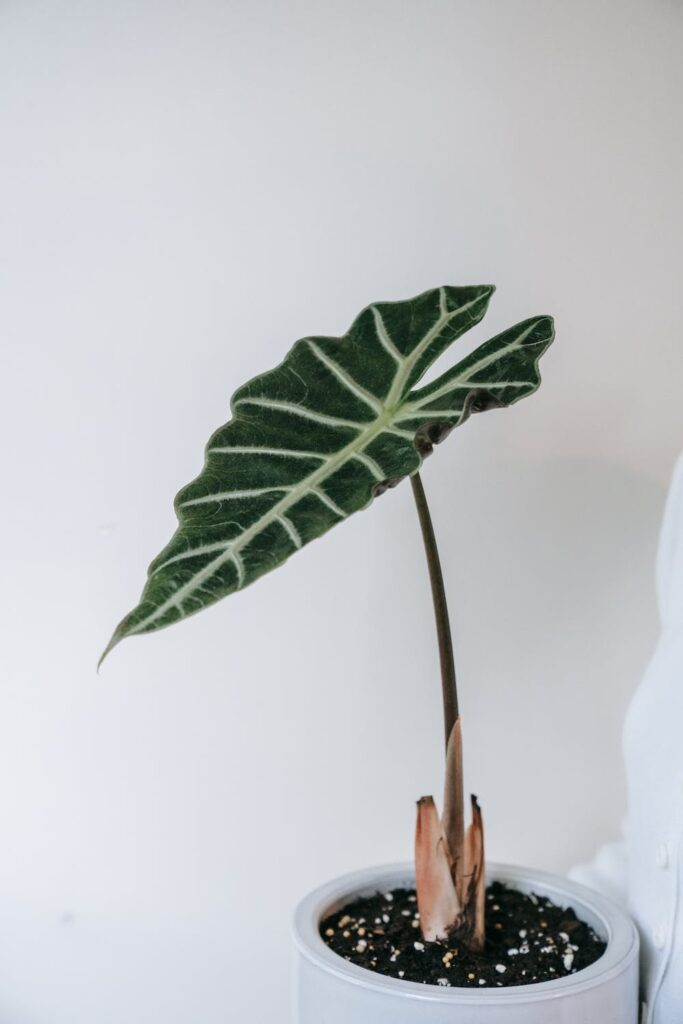
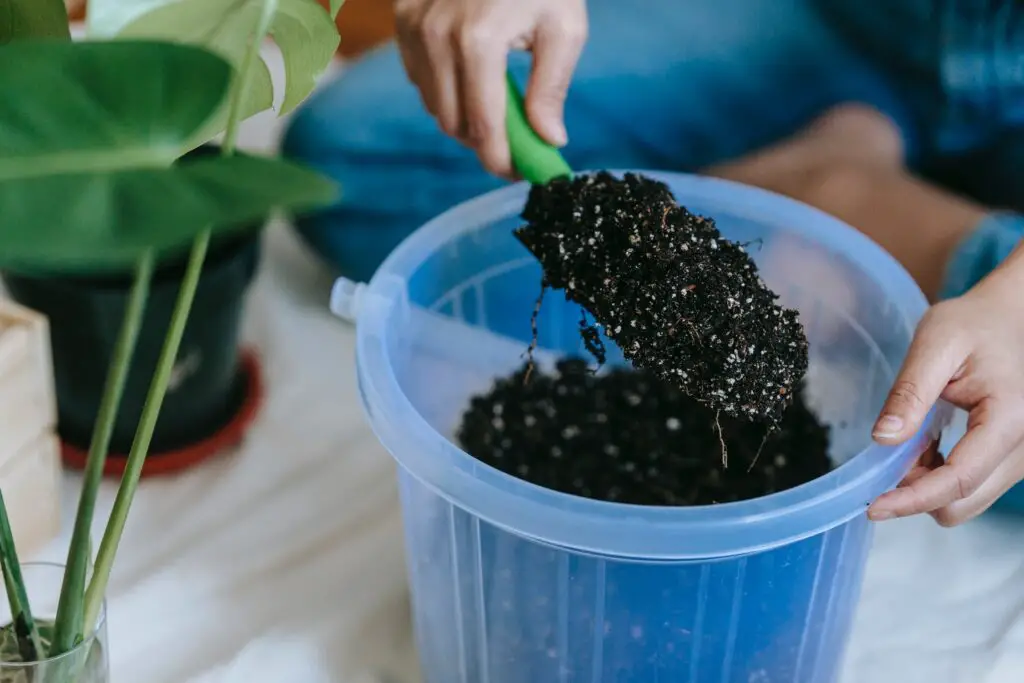
Propagation
Amazonica Alocasia can be propagated through division. To do this, carefully remove the plant from its pot and separate the roots and rhizomes into smaller sections. Each section should have at least one stem and several roots. Plant the divisions in their own pots and care for them as you would for the parent plant.
Potential Problems and Pests
Like all plants, Amazonica Alocasia is susceptible to a few problems and pests. Here are some of the most common issues and how to address them:
Brown Spots and Yellowing Leaves
Brown spots on the leaves can be a sign of sunburn or fungal disease. Move the plant away from direct sunlight and ensure good air circulation around the plant. If the problem persists, you may need to treat the plant with a fungicide. Yellowing leaves can be a sign of overwatering or underwatering. Make sure to check the soil moisture level and adjust your watering schedule accordingly.
Pruning
Pruning Amazonica Alocasia can help keep the plant healthy and looking its best. It’s best to prune the plant during the growing season when it’s actively producing new growth. Use clean, sharp pruning shears to remove any dead or yellowing leaves, which can improve the plant’s overall appearance and prevent the spread of disease. If the plant becomes too tall or leggy, you can prune the stem back to encourage branching and fuller growth. It’s also important to remove any damaged or diseased leaves as soon as possible to prevent the spread of infection. Overall, regular pruning can help keep Amazonica Alocasia looking healthy and vibrant.
Pests
Amazonica Alocasia is generally not prone to pest infestations, but sometimes, pests like spider mites, mealybugs, and scale insects can become a problem. To control pest infestations, start by inspecting the plant thoroughly and removing any visible pests manually using a damp cloth or cotton swab. For a severe infestation, use an insecticidal soap or oil spray, following the instructions carefully. Neem oil is a natural and effective pest control option that can also help prevent future infestations. It’s essential to isolate the infected plant to prevent the pests from spreading to other plants. Lastly, maintaining good plant hygiene by cleaning the leaves regularly, avoiding overwatering, and providing proper air circulation can help prevent pest infestations.
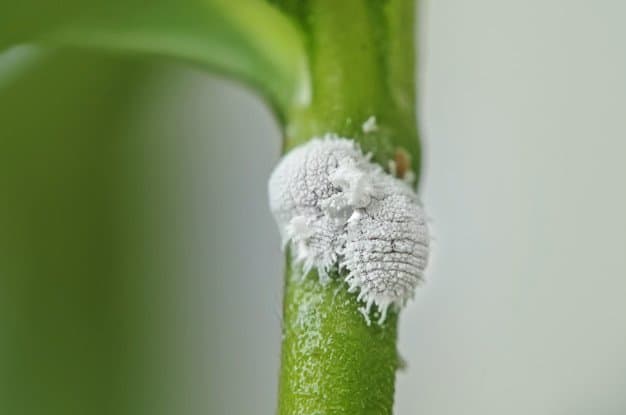

Repotting
Repotting Amazonica Alocasia is necessary when the plant has outgrown its current pot, or the soil has become depleted of nutrients. It’s best to repot in the spring or early summer when the plant is actively growing. Choose a pot that is one size larger than the current pot and has drainage holes at the bottom. Gently remove the plant from its current pot, being careful not to damage the roots. Add fresh potting soil to the new pot, and place the plant in the center. Fill in the gaps around the roots with soil, and gently press it down. Water the plant thoroughly and place it in a bright, indirect light. It’s important not to overwater the plant immediately after repotting, as this can lead to root rot. Wait a week or so before watering again, and resume normal care routine.
Conclusion
The Amazonica Alocasia is a stunning and unique houseplant that can add a touch of tropical beauty to any space. With its large, dramatic leaves and striking patterns, it’s no wonder that this plant has become so popular in recent years. To care for Amazonica Alocasia properly, it’s important to provide it with the right amount of light, well-draining soil, and regular fertilisation. Additionally, controlling pests and repotting the plant when necessary can help keep it healthy and thriving.
